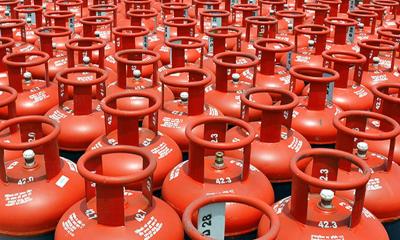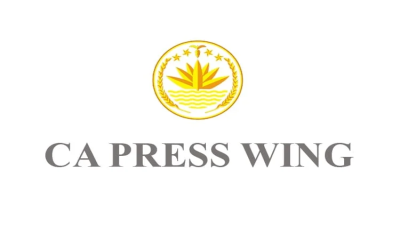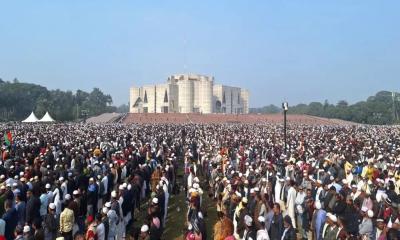India’s exports to Bangladesh slipped 28 per cent to $681 million last month compared to $943 million in August last year as protest and violence exacerbated the forex crisis that the neighbouring country is facing, official data released by the Commerce and Industry Ministry showed, report The Indian Express
Meanwhile, rating agency Crisil said that the recent developments in Bangladesh haven’t had a significant impact on India’s trade but going forward a prolonged disruption can affect the revenue profiles and working capital cycles of some export-oriented units for which Bangladesh is either a demand centre or a production hub.
Trade data showed that cotton exports, which is India’s primary export commodity to Bangladesh, slipped nearly 10 per cent to 1 billion in August this year compared to 1.11 billion August 2023. This comes amid slowing export textile and apparel orders coming to Bangladesh following the protests.
The decline in orders from Bangladesh has had a spillover effect on the Indian textile industry, which supplies raw materials and other input items to Bangladesh. While fresh inquiries for garments are coming to India, Indian cotton exports to Bangladesh have begun to decline. The effect will vary based on industry or sector-specific nuances and exposure, it said. “We do not foresee any near-term impact on the credit quality of India Inc either,” the Crisil study said. That, and the movement in the Bangladeshi currency taka, will bear watching, it said. Sectors such as cotton yarn, power, footwear, soft luggage, fast moving consumer goods (FMCG) may see a small but manageable negative impact, while ship breaking, jute, readymade garments (RMG) should benefit, Crisil said.
For most others, the impact will be insignificant. India’s trade with Bangladesh is relatively low, accounting for 2.5 per cent of its total exports and 0.3 per cent of total imports last fiscal, the rating firm said. Merchandise exports mainly comprise cotton and cotton yarn, petroleum products, electric energy, etc., while imports largely consist of vegetable fat oils, marine products and apparel, the study said. For cotton yarn players, Bangladesh accounts for 8-10 per cent of sales, so the revenue profile of major exporters could be affected. “Their ability to compensate for sales in other geographies will be an important monitorable,” it said.
Their operating profit margins, however, may not be significantly impacted because cotton-yarn spreads are already modest at present, it said. Companies into footwear, FMCG and soft luggage could also see some impact because of manufacturing facilities located in Bangladesh. “These facilities faced operational challenges during the initial phase of the crisis,” the study said.
However most have since commenced operations, though a full ramp-up and the ability to maintain their supply chain will be critical, it said. Engineering, procurement and construction companies engaged in power and other projects in Bangladesh could see execution delays this fiscal as a sizable portion of their workforce has been recalled to India for almost a month now, the study said.
With only a gradual ramp-up in workforce expected, revenue booking could be lower this fiscal compared with earlier expectations, Crisil said. Besides, companies supplying electricity could see delayed payment of dues. Pertinently, debtor risk for most sectors may increase with major transactions being carried out through letters of credit (LCs), which could be invoked in the event of non-payment, leading to dependence on Bangladesh banks for settlement, it said.
Besides, forex issues are also rising due to the depreciation of taka versus the rupee and other currencies, the study said. On the other hand, companies in the ship breaking, jute and RMG sectors are seeing an increase in sales inquiries from key export destinations such as the US and Europe




-20260103050848.jpg)




-20251228081840.jpeg)
-(25)-20251122062715-20260105041159.jpeg)





















-20251229113834.jpg)



-(2)-20260102070806.jpeg)


